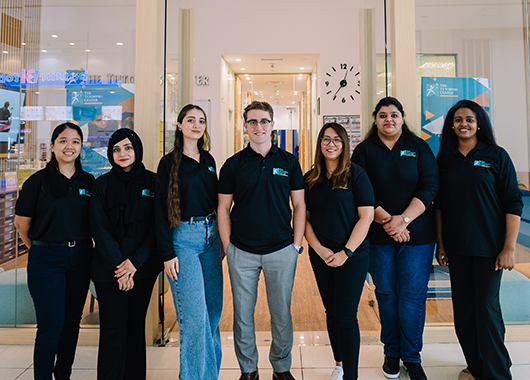From Bean To Brew: Exploring The World Of Coffee Beans
2 min read
Coffee is a beloved beverage enjoyed by millions of people worldwide. But have you ever wondered about the journey of coffee beans from their origin to the cup? In this article, we will delve into the fascinating world of coffee beans, exploring their varieties, cultivation, processing, and how they influence the flavors in your brew. Find here the best coffee beans supplier in Dubai.
Varieties of coffee beans:
Coffee beans primarily come in two main varieties: Arabica and Robusta. Arabica beans are known for their delicate and nuanced flavors, often exhibiting notes of fruit, chocolate, and floral undertones. They are typically grown at higher altitudes, requiring specific climatic conditions. Robusta beans, on the other hand, are hardier and have a more robust flavor profile, often characterized by earthy, nutty, and bitter notes. They are generally used in espresso blends for their crema-enhancing properties.
Cultivation and harvesting:
Coffee beans are grown in various regions worldwide, commonly called coffee-growing regions. These regions differ in altitude, soil composition, rainfall, and temperature, contributing to the unique characteristics of the beans. Coffee plants thrive in tropical and subtropical climates, with the ideal conditions varying for each variety. Cultivating coffee is a labor-intensive process that involves planting, pruning, and regular care to ensure healthy growth. The beans are typically handpicked during harvesting when they reach their peak ripeness.
Processing methods:
After harvesting, coffee beans undergo a processing phase to remove the outer layers and reveal the green coffee beans. There are three main processing methods: the washed (wet) process, the natural (dry) process, and the semi-washed (pulped natural) process. The washed process involves fermenting the beans in water to remove the fruit pulp, resulting in a cleaner and brighter flavor profile. In the natural process, the beans are dried with the fruit pulp intact, allowing the sugars to infuse into the beans and imparting a fruitier and more intense flavor. The semi-washed process combines elements of both methods.
Roasting and flavor development:
Roasting is a critical step in coffee production as it transforms green coffee beans into aromatic and flavorful beans used for brewing. The roasting process involves applying heat to the beans, which causes chemical reactions that develop the coffee’s characteristic flavors. The duration and temperature of the roast impact the final taste profile. Lighter roasts tend to preserve the inherent flavors of the beans, while darker roasts develop richer and more robust flavors with notes of caramel, chocolate, and smokiness.



